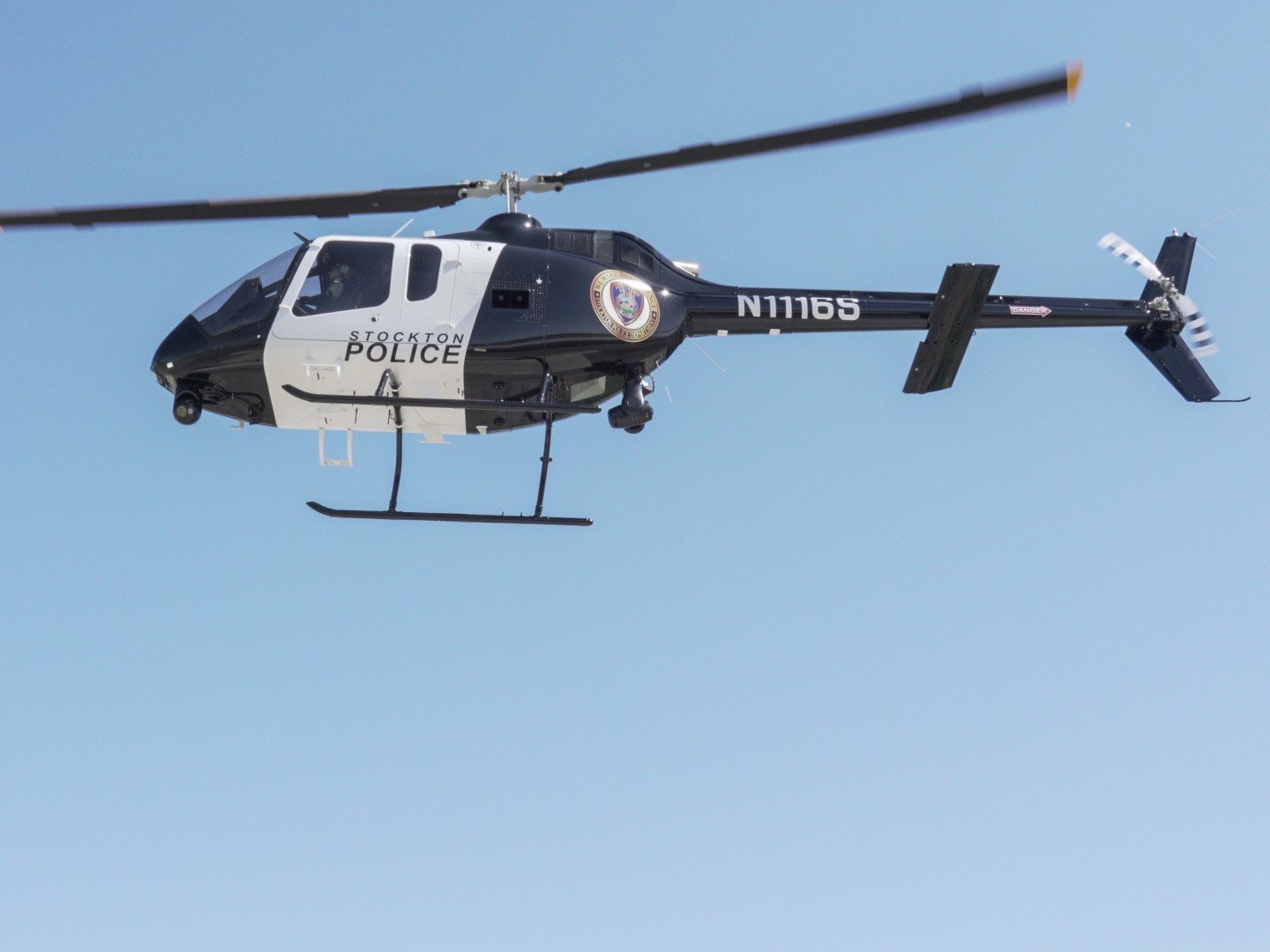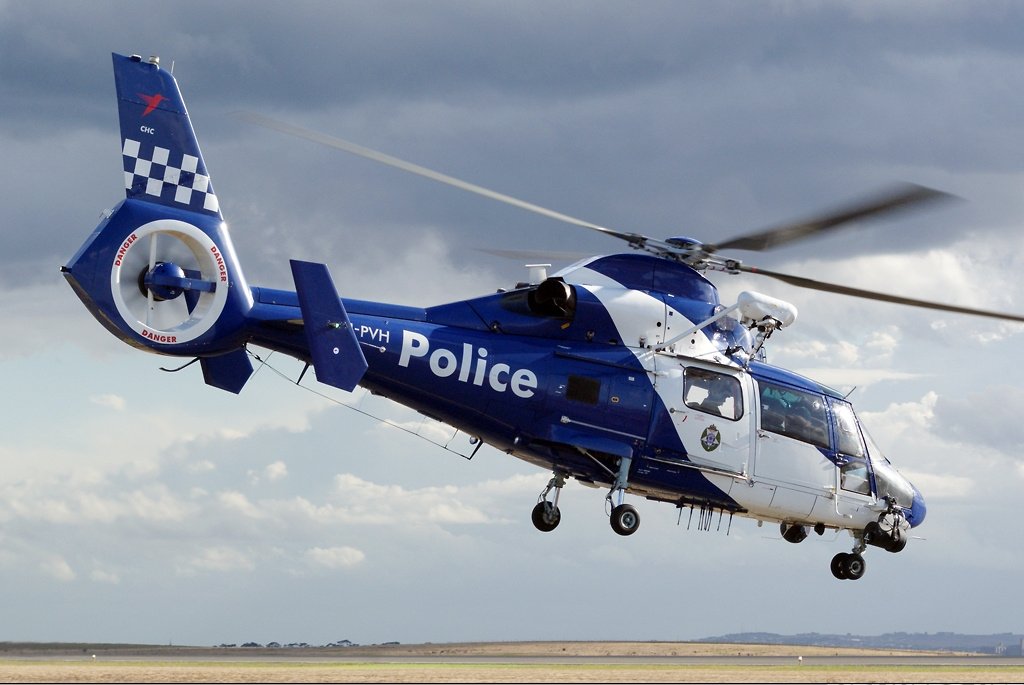What Does A Police Helicopter Look Like?




Police helicopters, often referred to as "police birds" or "air units," are integral components of law enforcement operations, providing aerial support for a wide range of missions, including surveillance, search and rescue, pursuit assistance, and crime prevention.
In this comprehensive guide, we'll take a detailed look at the anatomy of a police helicopter, exploring its appearance, features, and functionalities.
Related Questions
-
Law enforcement agencies use various models of helicopters, depending on factors such as budget, mission requirements, and operational preferences. Common models include the Bell 206 JetRanger, Airbus H125, MD Helicopters MD 500, and Eurocopter AS350.
-
When a police helicopter is circling your house, it could indicate several things, including:
A search for a suspect or missing person in the area.
Surveillance or reconnaissance activities related to ongoing law enforcement operations.
Monitoring of traffic or crowd control during events or emergencies.
If a police helicopter is circling your house, it's advisable to remain indoors and avoid interfering with their activities.
-
Police helicopters typically feature a distinct color scheme for visibility and identification. While specific colors may vary between agencies, a common color scheme is blue and white.
The helicopter may also be adorned with markings, logos, and identification numbers to clearly identify it as a law enforcement aircraft.
Short Answer:
Q: What does a police helicopter look like?
A: A police helicopter is easily recognizable by its distinct blue and white color scheme (sometimes black and white), adorned with agency markings and logos for identification.
Equipped with a variety of lights and beacons, it features external cameras and sensors for surveillance.
Known for its speed, agility, and versatility, a police helicopter plays a crucial role in law enforcement operations, from patrols to emergency response.
Types of Police Helicopters:
Law enforcement agencies utilize various models, including Bell 206 JetRanger and Airbus H125.
Specialized Equipment:
Equipment like FLIR cameras and spotlight systems enhance surveillance capabilities.
Training and Certification:
Pilots and crew undergo rigorous training in aircraft operation and tactical techniques.
Integration with Ground Units:
Helicopters work closely with ground units, aiding in suspect searches and traffic monitoring.
Cost and Maintenance:
Operating and maintaining helicopters requires significant investment in fuel and upkeep.
Community Engagement:
Helicopters serve as symbols of law enforcement presence and are used for public events and demonstrations.
Exterior Appearance:
Color Scheme: Police helicopters typically feature distinct color schemes to enhance visibility and identification. Common colors include blue and white, with variations depending on the preferences of individual law enforcement agencies.
Markings and Logos: The exterior of a police helicopter is adorned with markings and logos that clearly identify it as a law enforcement aircraft. These may include the name or emblem of the agency, along with identification numbers for tracking purposes.
Lights and Beacons: Police helicopters are equipped with a variety of lights and beacons for signaling and visibility. These may include strobe lights, searchlights, and rotating beacons, which serve to alert ground units and illuminate targets during operations.
Cameras and Sensors: External cameras and sensors are often mounted on police helicopters to facilitate surveillance and reconnaissance. These devices capture high-definition video and thermal imagery, allowing aircrews to monitor activities on the ground and track suspects.
Interior Features:
Cockpit: The cockpit of a police helicopter is equipped with state-of-the-art avionics and navigation systems to ensure safe and efficient flight operations. Pilots have access to a wide array of controls and instruments for managing flight parameters and communicating with ground personnel.
Communications Equipment: Police helicopters are outfitted with sophisticated communications equipment, including radios and intercom systems, to maintain constant contact with dispatchers, ground units, and other air assets. This enables seamless coordination during missions and emergencies.
Mission Equipment: Inside the cabin, police helicopters may be configured with mission-specific equipment tailored to the needs of law enforcement operations. This could include tactical gear, medical supplies, rescue equipment, and specialized tools for various scenarios.
Seating Arrangement: The interior layout of a police helicopter is designed to accommodate aircrew members, including pilots, tactical flight officers, and observers. Seating arrangements may vary depending on the size and configuration of the aircraft, with provisions for comfort and safety during extended missions.
Performance and Capabilities:
Speed and Agility: Police helicopters are known for their speed and agility, allowing them to rapidly respond to incidents and maneuver in urban or remote environments. They are capable of reaching high speeds and executing precise aerial maneuvers to support ground operations.
Endurance and Range: Modern police helicopters are equipped with fuel-efficient engines and extended-range fuel tanks, enabling prolonged flight durations and extended missions without the need for frequent refueling. This enhances their versatility and operational flexibility.
Versatility and Adaptability: Police helicopters are versatile platforms capable of performing a wide range of missions, from routine patrols to emergency response operations. They can be quickly configured and deployed to address evolving threats and emergencies, making them indispensable assets in law enforcement agencies' arsenal.
Additional Information:
Types of Police Helicopters: Law enforcement agencies utilize various types of helicopters, including single-engine and twin-engine models, as well as specialized platforms such as the Bell 206 JetRanger, Airbus H125, and MD Helicopters MD 500. Each type offers different capabilities and performance characteristics tailored to specific mission requirements.
Specialized Equipment: In addition to surveillance cameras and sensors, police helicopters may be equipped with specialized equipment such as Forward-Looking Infrared (FLIR) cameras, spotlight systems, and loudspeakers for aerial announcements. These tools enhance the aircraft's surveillance, search, and communication capabilities during law enforcement operations.
Training and Certification: Pilots and aircrew members operating police helicopters undergo rigorous training and certification processes to ensure proficiency and safety. This training includes instruction on aircraft operation, emergency procedures, navigation, and tactical flight techniques. Pilots may also receive specialized training in night vision goggle operations and pursuit tactics.
Integration with Ground Units: Police helicopters work closely with ground units, providing aerial support and reconnaissance during various law enforcement activities. They assist in locating suspects, monitoring traffic conditions, conducting searches in remote areas, and providing situational awareness during critical incidents. Effective coordination between air and ground units is essential for mission success.
Cost and Maintenance: Operating and maintaining a police helicopter requires significant financial investment and ongoing maintenance. Agencies must budget for expenses such as fuel, maintenance, insurance, and equipment upgrades to ensure the airworthiness and readiness of their aircraft. Regular inspections and preventive maintenance are conducted to uphold safety standards and operational reliability.
Community Engagement and Public Relations: Police helicopters serve as highly visible symbols of law enforcement presence and public safety. Agencies often use them for community engagement activities such as aerial demonstrations, public events, and search and rescue demonstrations. Engaging with the community in this manner helps build trust and positive relationships between law enforcement and the public.
Conclusion
The appearance of a police helicopter is characterized by distinct markings, colors, and lights that enhance visibility and identification.
Internally, these aircraft are equipped with advanced avionics, communications equipment, and mission-specific gear to support law enforcement operations effectively.
With their speed, agility, and versatility, police helicopters play a vital role in ensuring public safety and enhancing the capabilities of law enforcement agencies.










Inside the Investigation: A Deeper Dive into Police Detective Benefits